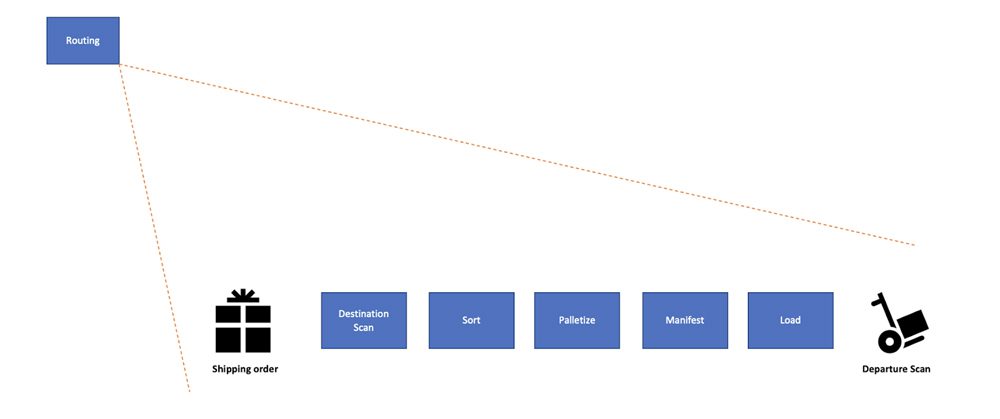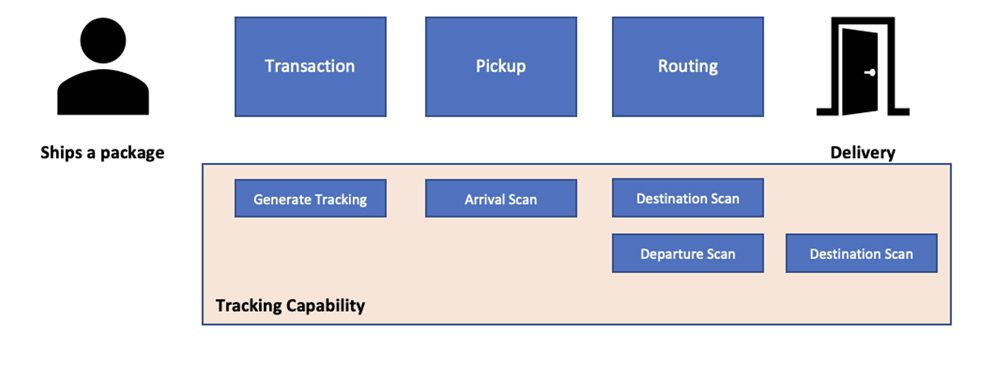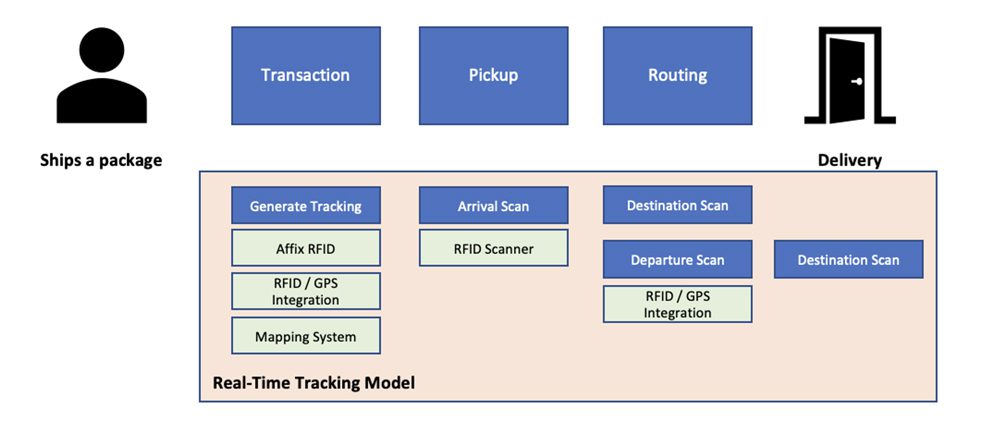
As organizations begin their Lean and Agile journey with SAFe®, SPCs will introduce a tool designed to help organizations determine the best, most logical place to launch their first Agile Release Train (ART). The Value Stream and ART Identification Workshop are designed to help organizations identify the sweet spot where an opportunity to deliver value intersects with a clear problem to solve, leadership support, a clear product or solution, and collaborating teams.
It’s challenging to meet the criteria mentioned above, which is why many are tempted to launch ARTs within easier-to-identify constructs such as organizational silos. This rarely works. As we know, value often does not follow the organizational hierarchy. However, it’s important to understand that value stream identification is the first step in an ongoing practice of flow management to optimize the speed of delivery, quality, and customer delight.
Why we perform value stream identification
Words matter, and there’s a clear distinction between value stream identification and value stream mapping. We advocate identifying value streams as you get started with SAFe. Value stream mapping is an ongoing practice of understanding, tuning, and planning how the organization will deliver value against its strategy in the long term.
- Value stream identification is something we seek to accomplish in a day or two
- Value stream mapping is a practice that we sustain indefinitely
Depending on an organization’s state of maturity in the realm of business architecture, one can inform the other, and neither is independent of the other.
The role of business architecture
The role of business architecture is to provide clarity of how an organization’s capabilities and infrastructure come together to deliver business outcomes. The business architect is responsible for developing artifacts that help the organization operationalize strategy and assure the operational and technological enablement of core capabilities across value streams. In the context of this post, it’s important to understand the difference between how business architecture and SAFe use the word “capability.”
Capability, as defined by SAFe: Artifacts that may originate in the local context of the solution or occur as a result of splitting portfolio Epics that may cut across more than one value stream. Another potential source of capabilities is the Solution Context, where some aspect of the environment may require new solution functionality. In a SAFe context, the delivery of a capability requires collaboration between more than one ART.
Capability, as defined in business architecture: An expression of what a business does and can do.
Though when exploring the discipline of capability modeling, the nuance between the two definitions disappears, the terms in common usage may cause confusion early on. It’s likely that we’ll dive deeper into the relationship between SAFe and business architecture and provide more clarity of how the two disciples come together on a midterm horizon. To provide additional understanding of how these words may come together, consider the context of a shipping services provider.
Capability: Package tracking.
Process: Generate tracking number.
Value stream: From order received to package delivered.
System: System ‘X’ is the system used to realize the tracking capability.
Service-oriented architecture (SOA) or microservice: Tracking could be an SOA service or microservice depending on the architecture of the system. But either instance refers to the specific mechanisms that deliver the intent of the capability.
Capability (as used in SAFe): Real-time package tracking.
Notice how capability, as defined in SAFe, extends the functionality of how capability is defined in the context of the business architecture discipline. This may give an indication of how future guidance could evolve.
Value stream mapping
The goal of value stream mapping, as defined in business architecture communities, is to map value delivery processes from concept to cash within a business. The SAFe definition of an operational value stream, the sequence of activities needed to deliver a product or service to a customer, aligns with most other common definitions of the term. SAFe also provides distinction and guidance for interacting with different types of operational value streams to include fulfillment, manufacturing, software production, and supporting value streams. Depending on the altitude of your perspective within an organization, these categories of value delivery may seem too granular, too broad, or just right.
In the discipline of business architecture, architects are responsible for mapping an organization’s value streams from macro to micro. For example, a top-level value stream map for a shipping services provider may look something like this.

This simplistic view likely represents thousands of integrated software systems, multiple complex distribution hubs, scores of human hands, and millions of packages each day. Through the discipline of value stream mapping, business architects have the responsibility to understand and map how an organization does business. It starts with the macro perspective illustrated above. And continues to the micro level of how, within the context of the routing box above, shipping crates are planned, packaged, and sequentially loaded into trucks or aircraft given the specific weights, classes of service, and destinations of parcels on any given day.

SAFe seeks to optimize the operational and development value streams that make the top-level run. In the example above, there are likely operational value streams within the distribution centers that physically move packages, others that control the movement of vehicles, and still others that produce the technology to seamlessly coordinate those events, which is typically where we operate in SAFe.
SAFe focuses primarily on the development and management of development value streams, with the intent of optimizing the design/validate/deploy activities that make an operation run. Though as the world becomes more digitally integrated, the conversation is likely to evolve.
Many organizations seeking to embrace the methods outlined in SAFe lack an existing value stream body of knowledge. And one of the first steps to take to achieve a successful transformation is to begin focusing on value. The Value Stream and ART Identification Workshop helps provide the value perspective, and will likely surface organizational challenges that have historically served as a barrier to a value focus. These include communication barriers, duplicative technology systems, and business processes, and a lack of alignment within the organization. These challenges are not because of SAFe, but because the organization seeks to optimize for speed of delivery, solution quality, and customer satisfaction. You must address the problems that surfaced in value stream identification to achieve the desired outcomes.
Once an ART is launched, the work of optimizing for value delivery continues. Launching an ART will lead the organization with a powerful step forward. But to truly optimize the entire system, you’ll likely need to invest in value stream mapping through and by embracing business architecture practices.
Capability mapping
With the value stream identified, an evolution to business architecture seeks to understand the capabilities of an organization. Simply put, knowing how each of the processes on the value stream map incrementally supports the delivery of value. Capabilities provide the organization with an as-is view of how the organization operates.
For example, the ultimate goal of someone who ships a package is for that package to arrive at its intended destination on time. The capability of tracking intends to provide the customer with the assurance that their goal, the aim of the value stream, will be fulfilled as expected. Additionally, it provides transparency should the service expectations fall short.

Capability modeling
Capability modeling is an extension of capability mapping that helps inform how the business may need to alter its capabilities to achieve some sort of strategic intent. That could include improved customer satisfaction, more transparency, or even the expansion or contraction of the organization.

For organizations that want to compete in the digital age, the ability to leverage business architecture and capability modeling when testing an Epic’s hypothesis is the ultimate fuel to feed ARTs. Effective Lean Portfolio Management helps provide the objective clarity to understand the impacts of strategy and validate hypotheses. That vision clarifies how business architecture and capability mapping investments work along your journey to business agility and thriving in the digital age.
Where to start
Some level of business architecture capability exists in many organizations at some level. The best place to check if your organization has existing value stream or capability maps is with the office of the chief strategy officer.
If your organization doesn’t have existing artifacts, the SAFe Value Stream and ART Identification Workshop is a great tool to continue the conversation beyond informing the launch of the first ART. You can use the guidance in the toolkit to identify the operational value stream and apply it to your altitude of influence to fully articulate how the business area delivers value. You can reinforce your map by fully identifying the people who work within the value stream, the systems that support the value stream, and the people who work on those systems—all as guided by the workshop. The main differentiator between this effort and the initial Value Stream and ART Identification Workshop is the intent of mapping with more precision for the purpose of developing a deeper artifact, versus the initial conversation which is focused on finding the best place to launch an ART.
After you’ve articulated the value stream, you can reinforce it by considering guidance in the SAFe® DevOps course, which helps provide visibility into lead time, process time, and cycle time. Then, with the value stream articulated and the flow metrics in hand, the organization will be able to make informed decisions on how to best improve the rate of flow within the value stream. From there, opportunities will likely emerge to expand the work into other areas of the business, explore capability mapping, expand to experience architecture, and more.
If there’s one thing I’ve learned from my years of working with Lean, Agile, and SAFe tools, it’s that well-intended, value-add work to better the organization and customer experience always yields new opportunities.
About Adam Mattis

Adam Mattis is a SAFe Program Consultant Trainer (SPCT) at Scaled Agile with many years of experience overseeing SAFe implementations across a wide range of industries. He’s also an experienced transformation architect, engaging speaker, energetic trainer, and a regular contributor to the broader Lean-Agile and educational communities. Learn more about Adam at adammattis.com.
Share:
Back to: All Blog Posts
Next: The Challenge of Economic Prioritization